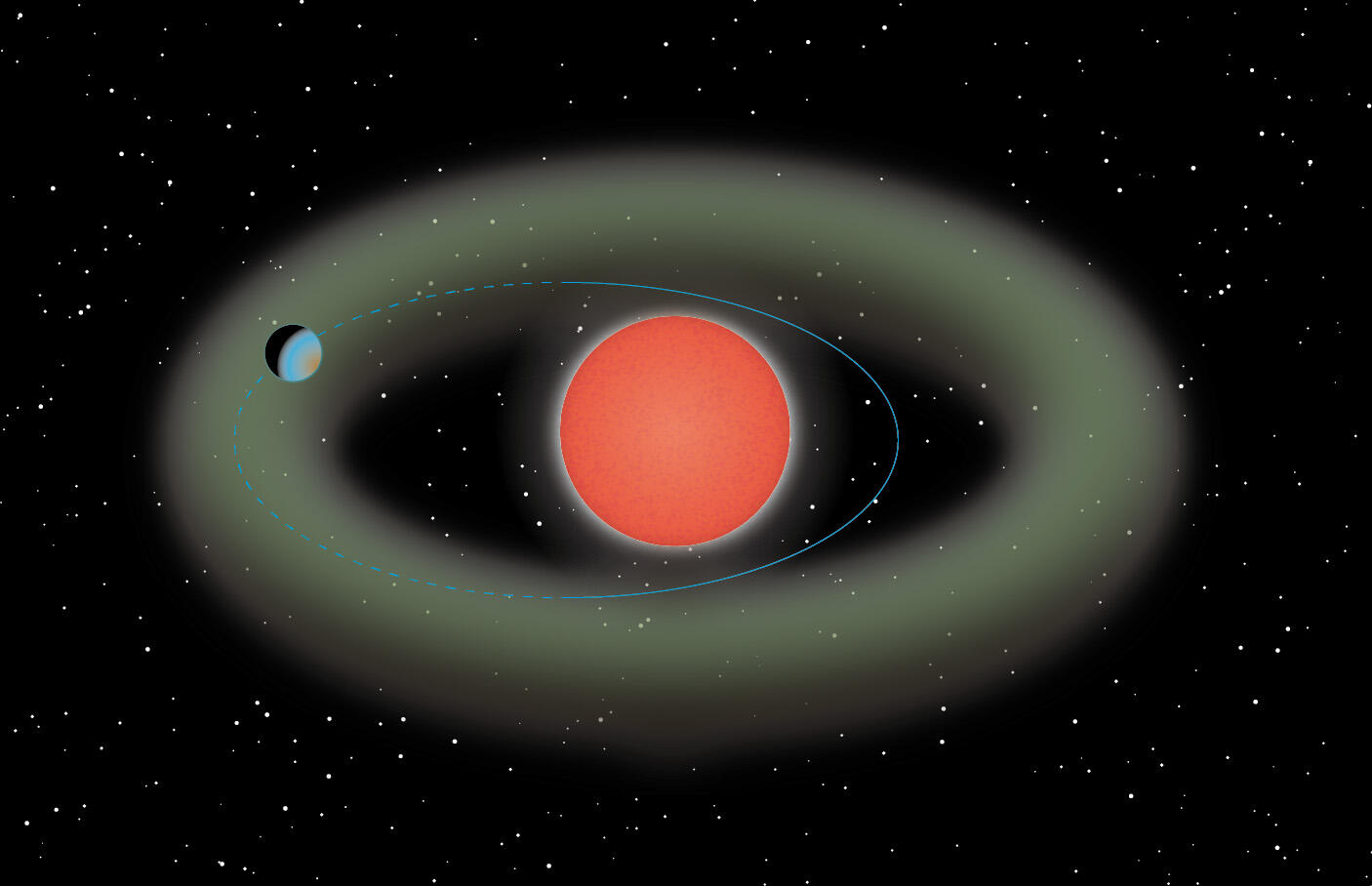Scientists have discovered a Super-Earth orbiting a red dwarf star. The discovery is the first made by the IRD Subaru Strategic Program (IRD-SSP). Additionally, it has posed new questions to astronomers, who are now questioning whether low-mass stars, such as red dwarf stars, can provide planets capable of supporting life.
Newly discovered super-Earth orbits a red dwarf

The newly discovered exoplanet, named Ross 508 b, holds an elliptical orbit of its parent star. The super-Earth has roughly four times the mass of the Earth and was found using an infrared technique. The planet itself is extremely close to its star.
However, its orbit takes it through the star’s “habitable zone” every pass. That means there could be key ingredients for life that may survive in the atmosphere.
Because of its proximity to its star and the skimming of the star’s habitable zone, scientists are curious to learn more about Ross 508 b. They’re also curious to know whether surface temperatures around a low-mass star such as a red dwarf could allow for the existence of liquid water.
As one of the key ingredients to life, finding liquid water on a planet would be huge news for astronomers.
New methods for new problems

Another impressive thing about this discovery is that it’s the first planet discovered with this new infrared method. Red dwarf stars are very cool compared to other stars. Their temperatures range from around 2,000 to 3,500 Kelvin.
These relatively lower temperatures dim the star’s visible light, making them harder to spot. Using infrared allowed us to spot the super-Earth orbiting this red dwarf.
Scientists developed this method because red dwarf stars are very common in the region that surrounds our solar system. As a result, they are some of the best spots to look for signs of potential life outside our galaxy. But, spotting them had to be easier, which is why they developed IRD-SSP. And so far, this first discovery seems to be paying off quite well.
With deeper studies into its atmosphere, Ross 508 b could earn even more intrigue beyond being the first successful detection of a super-Earth using only near-infrared technology. Or just being a super-Earth that orbits a red dwarf. It could also become a stepping stone in the hunt to find life elsewhere in the universe.








